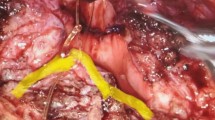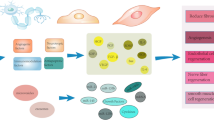While the application of penile autonomic nerve-sparing techniques during radical prostatectomy for clinically localized prostate cancer has improved erection recovery rates after surgery, many men still experience delayed or incomplete recovery of erectile function. In recognition of neuropathy as a likely basis for erectile dysfunction after radical prostatectomy, investigators have begun exploring new strategies to promote the functional recovery of nerves responsible for penile erection in the course of this management. Primary efforts continue for preserving the integrity of the penile nerves, while the next frontier in clinical management has encompassed strategies directed toward maximally restoring their function. Such strategies include cavernous nerve interposition grafting and neurotrophic treatments that meet nerve reconstructive and nerve regenerative objectives, respectively. Early successes with both innovations preclinically and clinically suggest their feasibility and potential roles to reduce the incidence of erectile dysfunction after radical prostatectomy. The purpose of this report is to review strategies under development to promote post-prostatectomy erectile function, particularly with respect to preserving penile innervation involved in this function.
Similar content being viewed by others
Author information
Authors and Affiliations
Additional information
Electronic Publication
Rights and permissions
About this article
Cite this article
Burnett, A. Strategies to promote recovery of cavernous nerve function after radical prostatectomy. World J Urol 20, 337–342 (2003). https://doi.org/10.1007/s00345-002-0303-2
Issue Date:
DOI: https://doi.org/10.1007/s00345-002-0303-2




